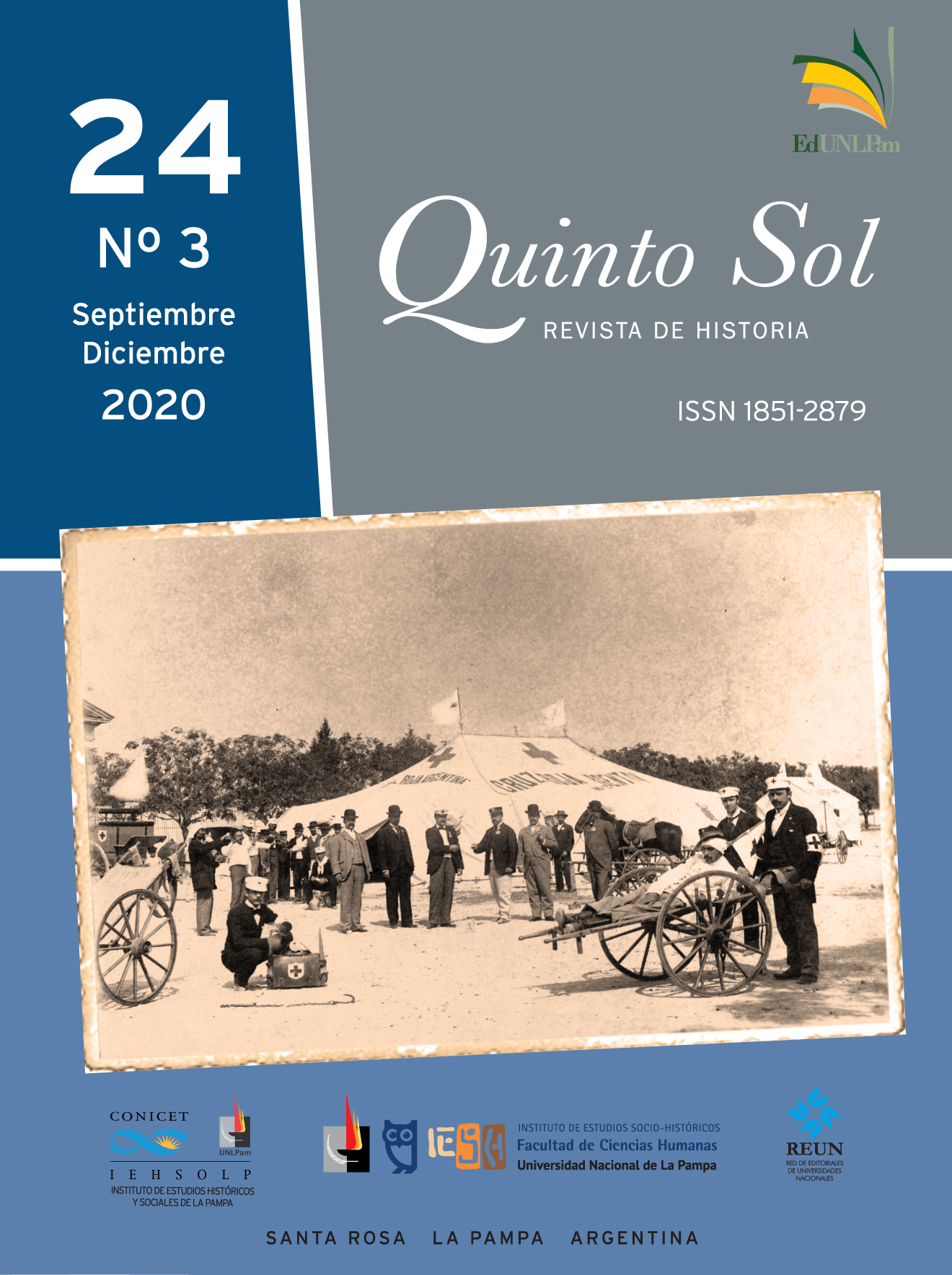Global health and history. State of the art and critical perspectives
DOI:
https://doi.org/10.19137/qs.v24i3.4839Keywords:
global health, pandemics,Abstract
In the second decade of the 21st century, a highly contagious pandemic crosses the global scene carrying not only its burden of mortality and morbidity, but also an intense campaign to regulate social behaviors through the sanitization of habits and behaviors, with the imposition of a new biopower. In a highly communicated (and at the same time, isolated) post-industrial society, this virus allows a new reflection on ethics and individual morals, responsible for the advance or restriction of the epidemic. Never before has a disease of this magnitude and speed been "constructed" in real time, despite not being the most lethal epidemic onset to affect human beings. Neither the Black Death in fourteenth century Italy, or smallpox in the America of "discovery" (and destruction) had such a high media impact, since they were installed on societies where illiteracy and little information was the norm. Neither did yellow fever or cholera in the smelly cities on either side of the Atlantic and Pacific nineteenth century, and even the millions of deaths from the flu epidemic that surpassed those of the First World War, had the attention of the majority, nor from governments and international entities, as the new coronavirus has it today, or COVID-19Downloads
Downloads
Published
Issue
Section
License
When submitting their contributions, authors must declare that they have the permission of the file or repository where the documents that are attached to the work were obtained, whatever their format (unpublished manuscripts, images, audiovisual files, etc.). Such permission authorizes their publication and reproduction, releasing the journal and its editors from any liability or claim from third parties.
Likewise, authors must adhere to the Creative Commons license called "Attribution - Non-Commercial CC BY-NC-SA", through which the author allows copying, reproducing, distributing, publicly communicating the work and generating derivative works, as long as the original author is properly quoted and acknowledged. It is not allowed, however, to use the work for commercial purposes. Authors may establish additional agreements for the non-exclusive distribution of the version of the paper published in the journal (for example, placing it in an institutional repository or publishing it in a book), with the acknowledgment of having been published first in this journal.
The publication of content in this journal does not imply any royalty or charge for taxpayers.
Quinto Sol adheres to the DORA (Declaration on Research Assessment) signed in San Francisco, California, on December 16, 2012, and to the Declaration of Mexico (Joint Declaration LATINDEX - REDALYC - CLACSO - IBICT).










4.png)
2.png)












_(2).png)


1.jpg)



1.jpg)





